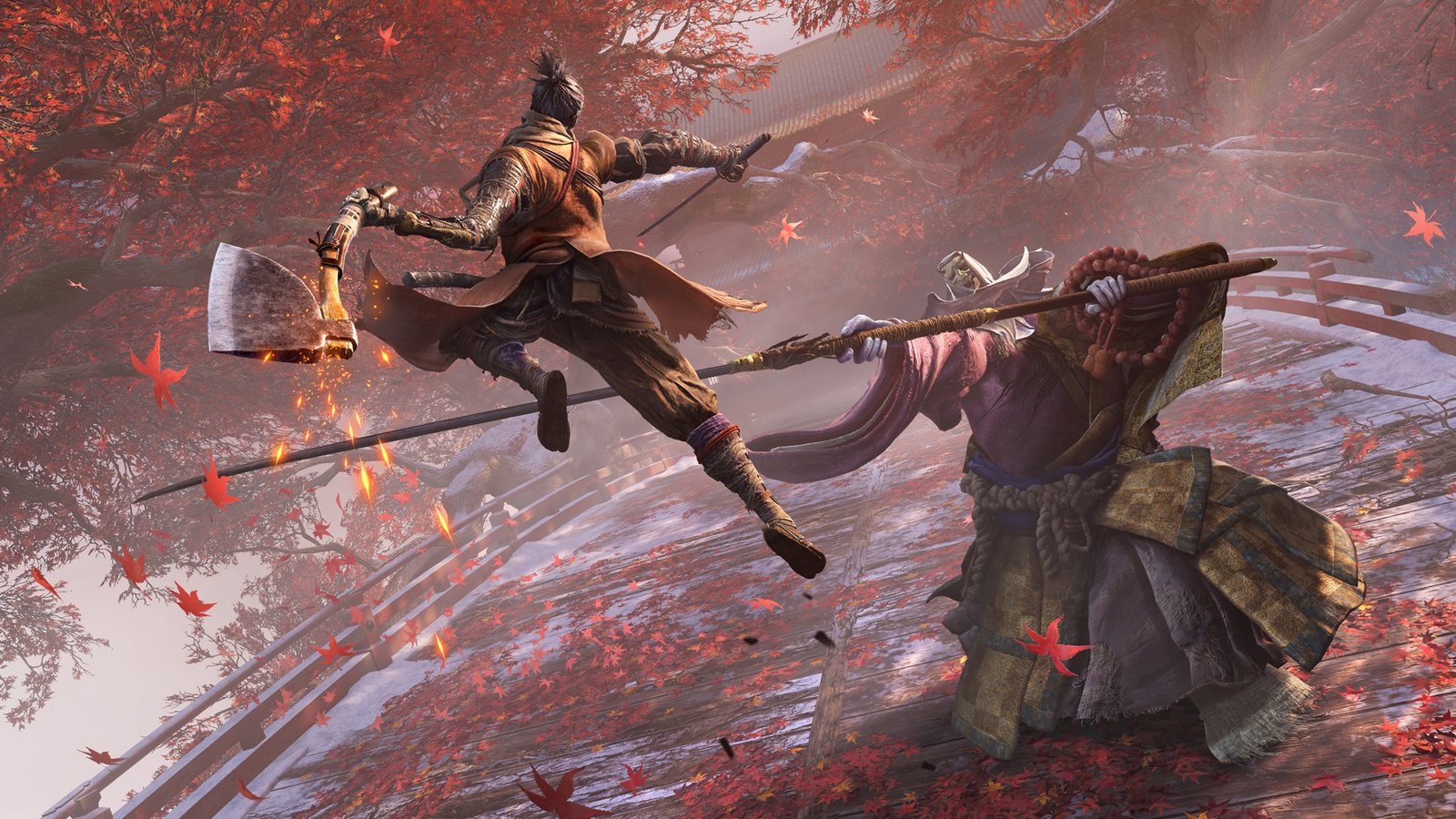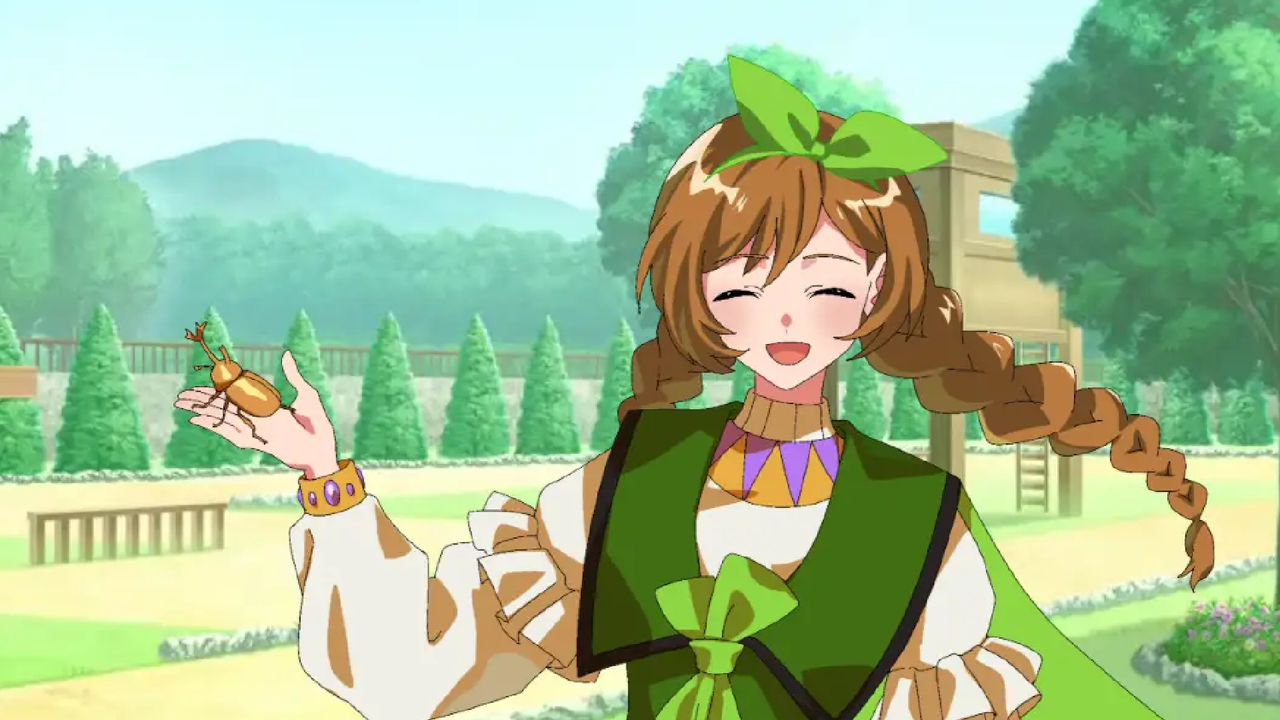The Journey of Soulsbourne Games
In the landscape of modern gaming, few genres have captured the imagination and devotion of players quite like Soulsborne games. What began as an ambitious experiment by a relatively small Japanese developer has evolved into one of the most influential and celebrated gaming movements of the 21st century. The journey of Soulsborne games represents more than just commercial success—it’s a story of artistic vision, player community, and the enduring appeal of meaningful challenge in an increasingly accessible gaming world.
The Genesis: Demon’s Souls and a New Philosophy
The Soulsborne lineage traces its roots to 2009’s Demon’s Souls, developed by FromSoftware under the direction of Hidetaka Miyazaki. Originally conceived as a spiritual successor to the King’s Field series, Demon’s Souls emerged from a desire to create something fundamentally different from mainstream gaming trends. While the industry was moving toward more accessible, hand-holding experiences, Miyazaki envisioned a game that would respect players’ intelligence and patience.
Demon’s Souls introduced the core tenets that would define the entire genre: punishing difficulty balanced by fair design, environmental storytelling that required active interpretation, and a unique multiplayer system that fostered both cooperation and invasion. The game’s innovative approach to death—where dying meant losing accumulated souls (the game’s currency) but provided opportunities for learning and improvement—transformed failure from frustration into education.
Initially, Demon’s Souls struggled to find its audience. Sony initially declined to publish the game outside Japan, deeming it too challenging and obscure for Western markets. However, passionate advocates within the gaming community, particularly at Atlus USA, recognized its potential. The game’s eventual Western release became a word-of-mouth phenomenon, with players sharing stories of triumph and discovery that would become hallmarks of the Soulsborne community.
Dark Souls: Perfecting the Formula
If Demon’s Souls was the proof of concept, Dark Souls (2011) was the masterpiece. Miyazaki and his team refined every aspect of the formula, creating an interconnected world that rewarded exploration and observation. The game’s design philosophy of “getting lost and finding your way” resonated with players hungry for genuine discovery in an era of waypoint-driven adventures.
Dark Souls elevated environmental storytelling to an art form. Rather than relying on cutscenes or exposition dumps, the game embedded its narrative in item descriptions, architectural details, and character placement. Players became archaeologists, piecing together the tragic history of Lordran through careful observation and interpretation. This approach fostered a unique community culture where lore analysis and theory-crafting became as important as gameplay mastery.
The game’s approach to multiplayer remained revolutionary. The ability for other players to invade your world added tension to every moment, while the cooperative summoning system created opportunities for mentorship and shared achievement. Messages left by other players provided hints, warnings, and occasionally humor, creating a asynchronous community experience that felt both personal and collective.
Expanding the Universe: Dark Souls II and III
Dark Souls II (2014) represented the series’ most controversial entry, developed largely without Miyazaki’s direct involvement as he worked on Bloodborne. While criticized by some for departing from certain design principles of its predecessor, the game expanded the series’ mechanical complexity and introduced concepts like Soul Memory that sparked passionate community debate. Despite mixed reception among purists, Dark Souls II demonstrated the franchise’s ability to evolve and experiment while maintaining its core identity.
Dark Souls III (2016) served as both culmination and farewell to the series. Miyazaki returned to direct what he declared would be the final Dark Souls game, crafting an experience that honored the series’ legacy while pushing its systems to their logical conclusion. The game featured the series’ most refined combat, most spectacular boss encounters, and most emotionally resonant conclusion, bringing the age of fire to a poetic end.
The Gothic Nightmare: Bloodborne
In 2015, FromSoftware and Miyazaki ventured into new territory with Bloodborne, a PlayStation 4 exclusive that transformed the medieval fantasy setting of Dark Souls into a cosmic horror nightmare inspired by H.P. Lovecraft. Bloodborne represented more than just a aesthetic shift—it fundamentally reimagined the series’ core mechanics to support a more aggressive, visceral playstyle.
The game replaced the cautious, shield-based combat of Dark Souls with a system that rewarded aggression through the “rally” mechanic, allowing players to regain health by immediately counterattacking after taking damage. This mechanical change supported the game’s thematic focus on insight, madness, and the terrible knowledge that comes from glimpsing cosmic truths.
Bloodborne’s influence extended beyond gameplay mechanics to encompass its approach to world-building and narrative structure. The game’s shift from cycles of light and dark to themes of evolution, transcendence, and cosmic insignificance demonstrated the flexibility of the Soulsborne formula while maintaining its commitment to player-driven discovery.
The Samurai Chapter: Sekiro
Sekiro: Shadows Die Twice (2019) marked FromSoftware’s boldest departure from established Soulsborne conventions. Set in a fantastical version of Sengoku-era Japan, the game abandoned the series’ character customization and multiple build paths in favor of a focused narrative following the shinobi Wolf on his quest to rescue his master.
Sekiro’s combat system represented a complete reimagining of the Soulsborne approach to difficulty and mastery. The posture system, which emphasized precise timing and aggression over patience and positioning, created encounters that felt more like intense sword duels than the methodical battles of previous games. The addition of stealth mechanics and vertical traversal expanded the series’ approach to level design and encounter variety.
The game’s critical and commercial success, including a Game of the Year award, demonstrated that the Soulsborne formula could successfully evolve beyond its origins while maintaining the core principles of meaningful challenge and player agency.
The Magnum Opus: Elden Ring
Elden Ring (2022) represents the current pinnacle of Soulsborne design, combining the series’ refined mechanics with an open-world structure created in collaboration with George R.R. Martin. The game successfully scaled the intimate, interconnected design philosophy of previous entries to encompass a vast fantasy realm filled with secrets, challenges, and wonders.
The game’s approach to open-world design differed significantly from contemporary games in the genre. Rather than filling the map with checkbox objectives and guided content, Elden Ring maintained the series’ commitment to player-driven discovery. Every landmark, dungeon, and encounter was hand-crafted to reward curiosity and exploration, creating a sense of genuine adventure that had become rare in modern gaming.
Elden Ring’s massive commercial success—selling over 20 million copies—proved that challenging, uncompromising game design could achieve mainstream appeal without sacrificing artistic integrity. The game’s success opened new possibilities for the genre while validating the principles that had guided its development from the beginning.
Legacy and Influence
The journey of Soulsborne games has fundamentally changed the gaming industry’s understanding of difficulty, community, and player agency. The series has inspired countless imitators and influenced major developers to reconsider their approach to challenge and player respect. Terms like “Souls-like” have entered gaming vocabulary, while concepts introduced by the series—such as asymmetric multiplayer, environmental storytelling, and meaningful failure—have been adopted across the industry.
Perhaps most importantly, Soulsborne games have proven that players hunger for experiences that treat them as intelligent, capable individuals rather than passive consumers of entertainment. The series’ success represents a rejection of the notion that games must be increasingly accessible to be successful, instead demonstrating that depth, mystery, and challenge can create more lasting and meaningful player relationships.
The journey of Soulsborne games continues to evolve, with FromSoftware’s future projects promising new innovations while maintaining the core principles that have defined the genre. From the experimental Demon’s Souls to the triumphant Elden Ring, this remarkable series has not just entertained millions of players—it has fundamentally changed how we think about what video games can be and do.










